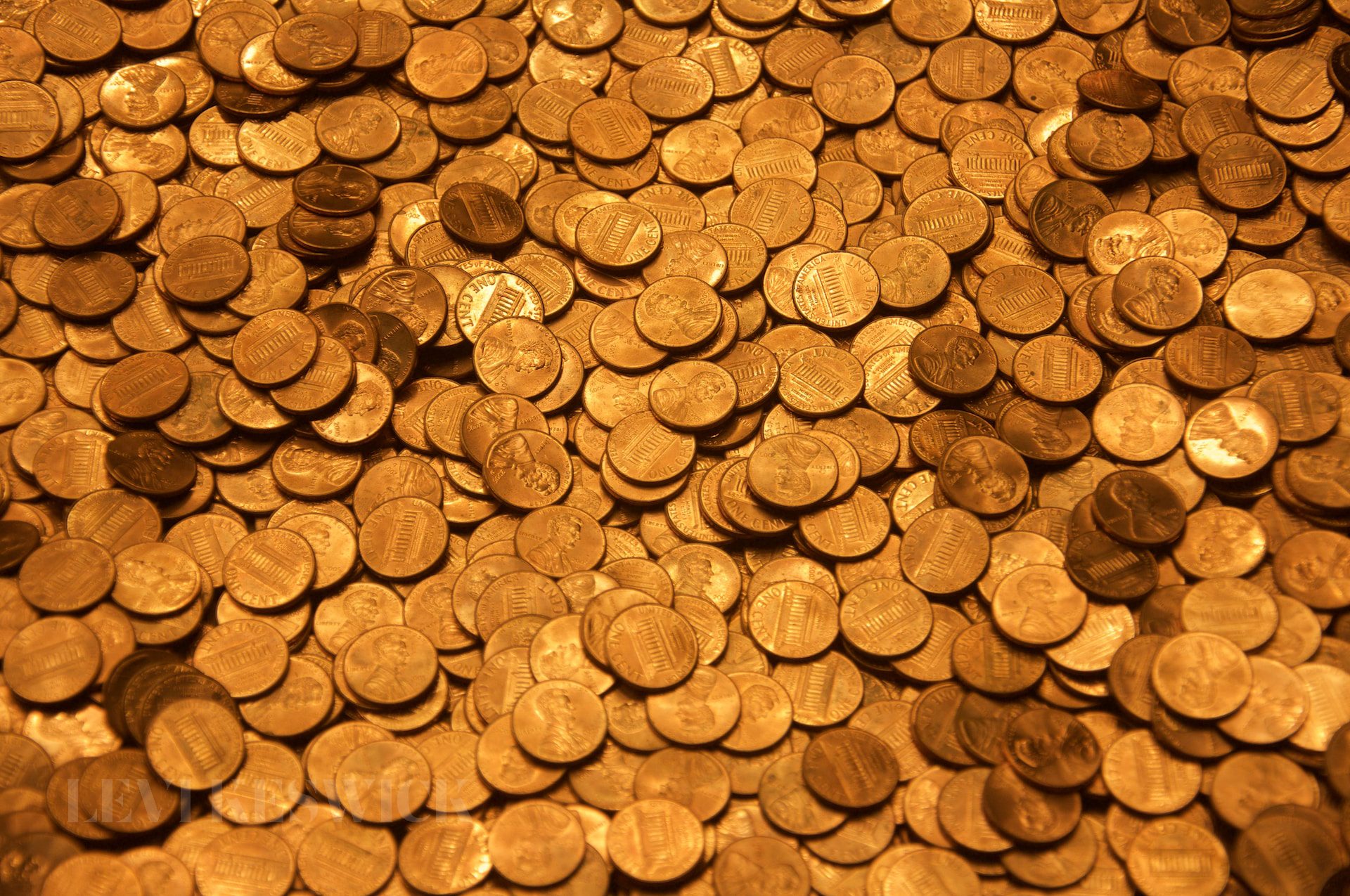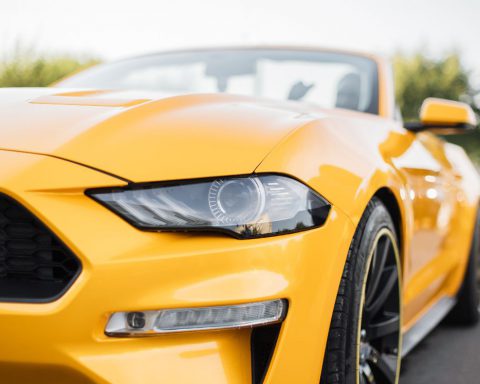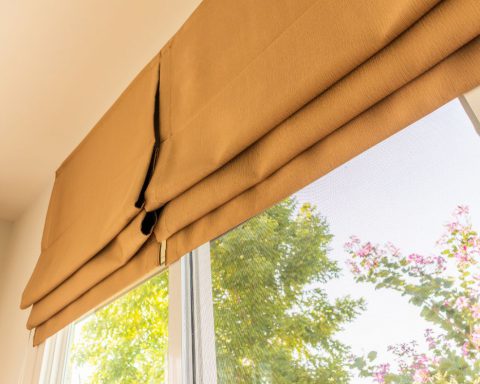Key takeaways:
- The significance of nickel error coins in the collection world
- Analysis of the 1985 P nickel error in the context of other valuable errors
- Rarity, historical contexts, and monetary value of specific nickel error coins
- Factors determining the value of nickel error coins
Why Nickel Error Coins Attract Collectors
Error coins, specifically nickel error coins, have always been a focal point for collectors. These coins often showcase manufacturing missteps, which in turn, are valued for their rarity and the historical narratives they carry. Many might question why errors on a piece of metal might be of significance. But in the world of numismatics, it’s these errors that set a coin apart, amplifying its historical and monetary value.
The Intrigue Behind the 1985 P Nickel Error
Within the grand landscape of nickel errors, the 1985 P nickel error list stands out. Though it may not rival the notoriety of the 1916 Buffalo Nickel or the 1936-D Buffalo Nickel, its subtle mint errors have sparked interest and speculation. These specific errors, unique to this year and mint, resonate with the spirit of coin collection: unearthing treasures in seemingly ordinary pieces.
Historical Context and Coin Errors
Nickel errors are often tied to the historical moments they emerge from. For instance, the 1943-P 3 over 2 Monticello came about during the tumultuous times of World War II, making it not just a piece of metal, but a reflection of its era. When assessing the 1985 P nickel error list, one can’t help but think of the sociopolitical climate of the 80s, a decade marked by significant transformations in both the U.S. and the world.
Monetary Worth vs. Historical Significance
While the monetary value of a coin, like the staggering 1.15 million USD price tag of the 1964 Jefferson Nickel, can be alluring, true collectors seek a blend of worth and historical narrative. The 1985 P nickel error, for example, might not break the bank in auctions, but it serves as a token of a specific time and minting condition.
Factors Influencing the Value of Error Coins
Several elements determine an error coin’s value:
- Rarity: How frequently does the error appear? Coins with rare errors often command higher prices.
- Visibility: Prominent errors, easily discernible to the naked eye, are typically more sought after.
- Historical Relevance: Coins tied to significant historical moments or those which reflect a specific era’s socio-economic context have added allure.
- Minting Source: Errors originating from specific mints, given their historical reputations, might be more valued. For example, the San Francisco mint’s occasional errors in the 70s, like the 1979-S Type I Proof, attract significant attention due to the mint’s prominence.
Conclusion
Coin collecting is not merely about acquiring pieces of metal; it’s about capturing snippets of history, errors and all. Whether it’s the 1985 P nickel error list or the myriad other errors detailed above, each coin tells a story, a narrative of a time, a place, and a fleeting moment when metal was mis-struck, yielding a unique treasure. For collectors, the allure lies in both the tangible and intangible value these coins bring.








